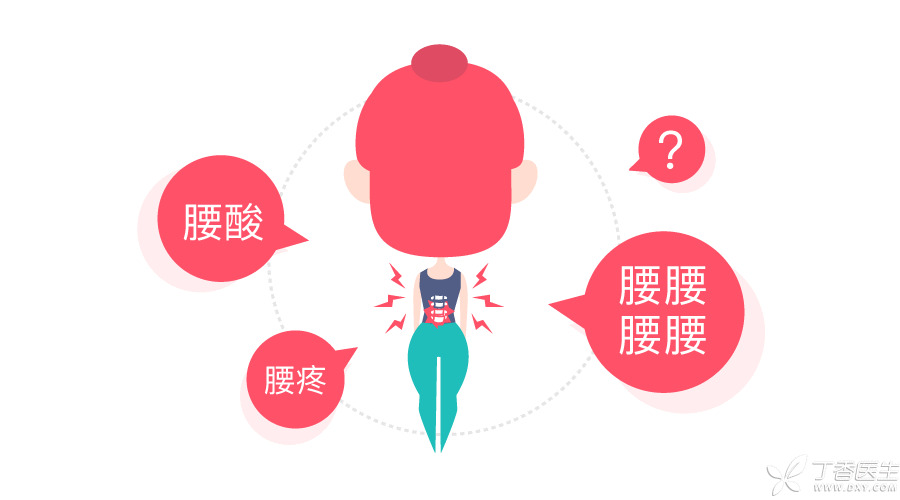
Some data show that about 80% of people will experience lumbago at some time in their lives.
May be after carrying heavy objects, suddenly feel [flash waist];
Perhaps playing with a mobile phone on the sofa, [Ge You collapsed] after a day, his waist began to ache dull.
May be in order to lose weight, after doing 200 sit-ups in a row, the next day low back pain can’t get up;
… …
These are all silent protests by your waist. Let’s take a look at these 7 things your waist wants you to know.
1. Waistline tells you whether you are fat or not

Fat or not, but not only weight, waist also counts.
In general, women’s waist circumference is > 80cm and men’s waist circumference is > 90cm, which can be judged as [concentric obesity].
2. Waist-hip ratio, more accurate
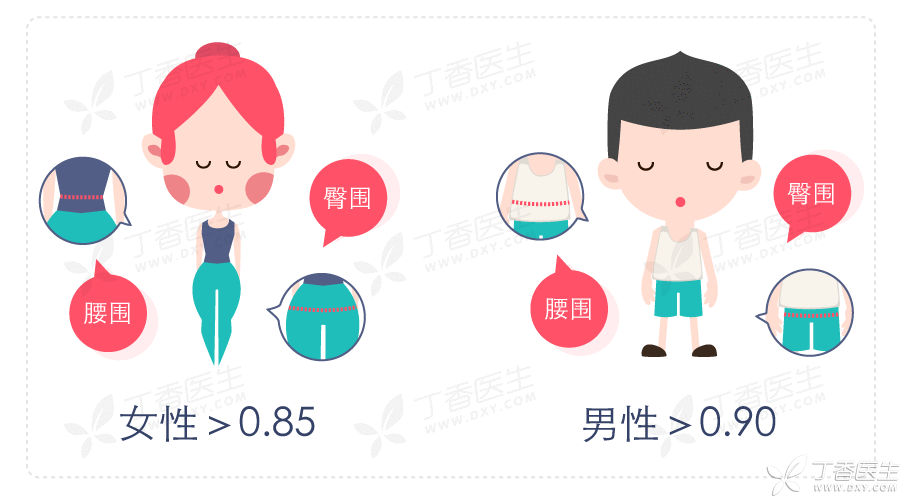
There are great differences in skeleton and muscle mass between people. Yao Ming has a large waist circumference, but it cannot be said that he is concentric obese according to this.
Therefore, it is not objective enough to look at the waist circumference alone, and it is more suitable to calculate the waist-hip ratio of the waist circumference to the upper hip circumference.
In general, when the waist-hip ratio of women is > 0.85 and that of men is > 0.90, it can be judged as [concentric obesity] or the risk of unhealthy is higher.
3. Sit-ups? You can’t slim your waist.
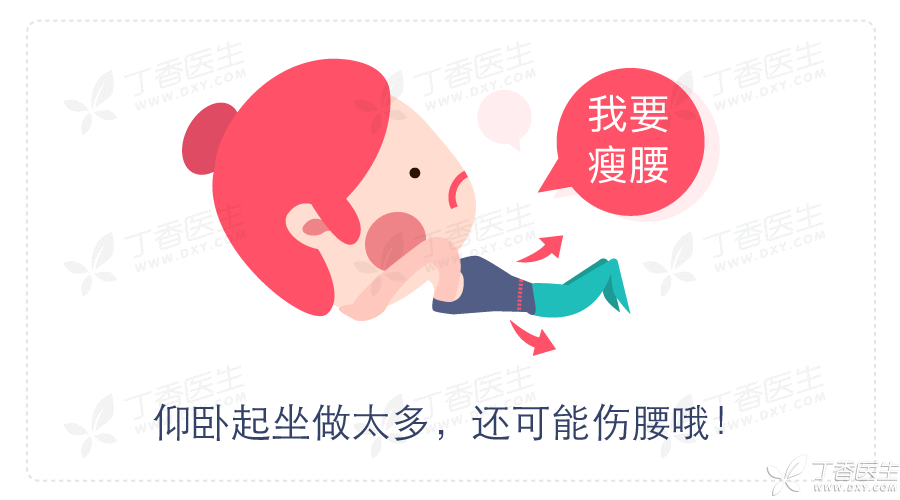
Just doing sit-ups or other exercises for abdominal muscles, such as [Abdominal Muscle Ripper], will not help you slim your waist.
If you want to reduce waist and abdomen fat, the only thing you can do is to reduce body fat first.
Doing too many sit-ups may also hurt your waist:
Some people have underdeveloped abdominal muscles. Such actions will lead to excessive pressure on the lumbar spine and excessive exertion of fascia and muscles on the back of the waist. Therefore, after doing sit-ups, these people will suffer from waist soreness.
4. Daily waist protection, posture is very important

Still hunched, Ge You lying down? The waist indicates that he is very injured.
Incorrect sitting and standing posture is the most common cause of low back pain. The wrong posture will cause the lumbar spine and muscles to be excessively pulled and squeezed, making them uncomfortable for a long time, and finally you are the one who is uncomfortable.
Sitting for a long time and standing for a long time all hurt your waist. You can set a small alarm clock, change your posture every half hour to one hour, and get up and move your body.
5. Bend over to carry heavy objects? To make inadmissible; to make inadmissible
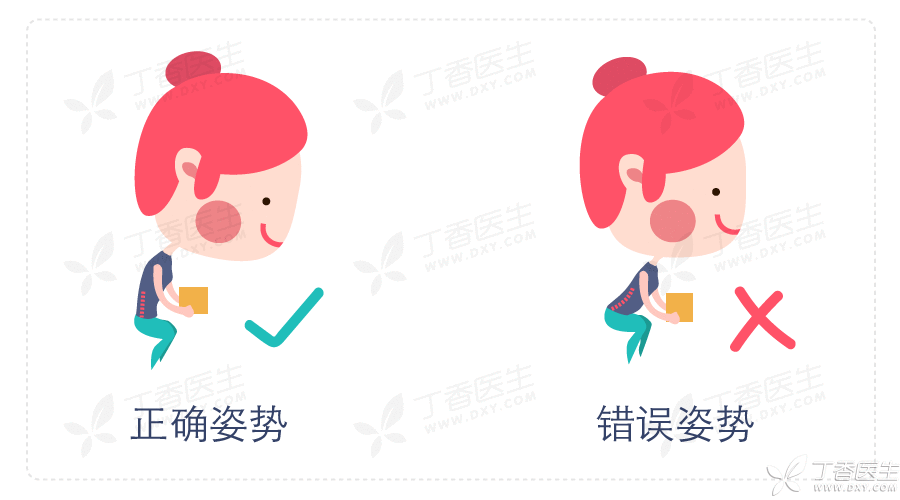
Assuming that the pressure on the lumbar spine is 100 when standing, the pressure will increase to 220 when bending down, which is more than twice.
Therefore, no matter whether it is to carry heavy objects or pick up a piece of paper on the ground, don’t bend down directly.
The correct posture is:
Bend your knees, but don’t bend your back, keep your waist and back straight, squat down as much as possible, lift the heavy object from the lowest possible position, and keep your body close to the heavy object as much as possible.
6. Too hard and too soft a bed, waist don’t like
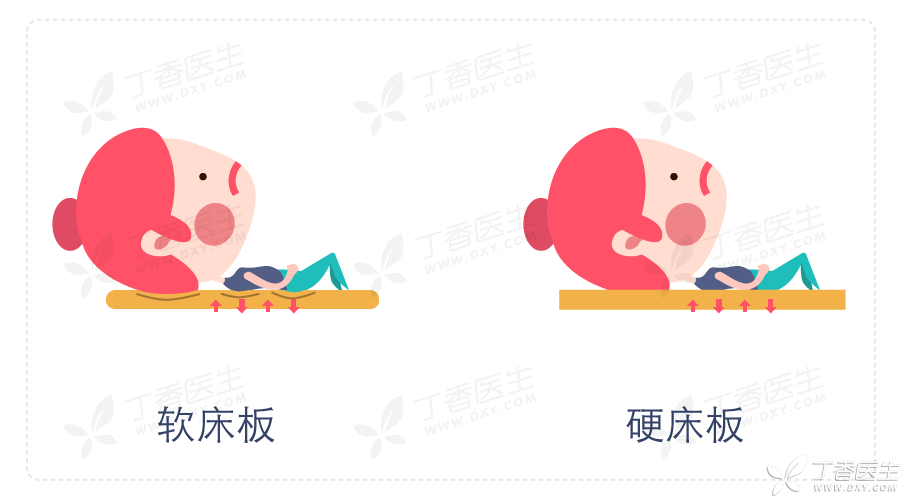
Too soft a mattress does not support the waist enough. When lying down, [the depression is very large], whether lying on your back or on your side, the spine will bend excessively, which is not good for your body.
Hard beds (mats) will compress back nerves and affect blood circulation. These local compressions will make people feel uncomfortable quickly and even involuntarily form some wrong postures to offset discomfort, which is also bad for their health.
A good mattress should keep the spine level when the human body sleeps in the lateral position, and support the weight of the whole body on average when sleeping in the supine position.
7. These three actions can prevent lumbago.
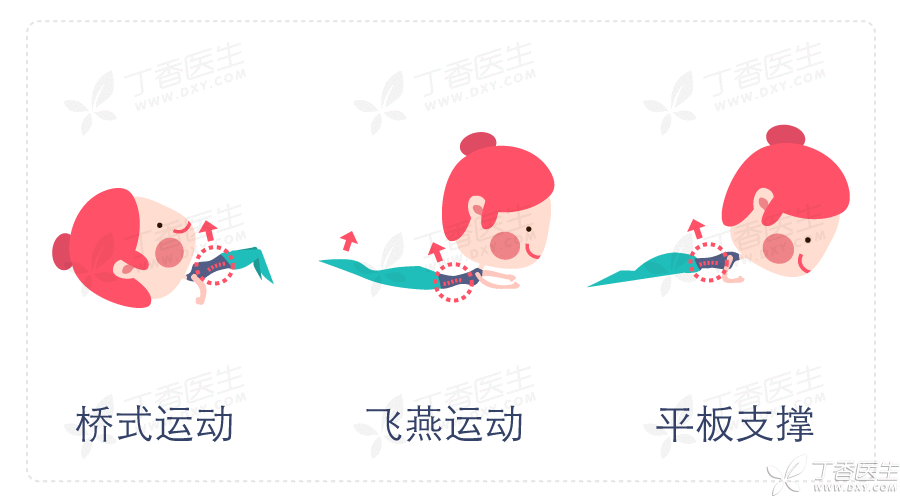
- Bridge exercise: twice a day, in groups of 15, do two groups each time; Flying Swallow Movement: Remember to stick to it for 5 seconds each time, twice a day, in groups of 15 and in groups of 2 each time. Flat support: Each group is separated by 2-3 minutes, twice a day, with three groups each time.
Don’t hold your breath when doing the above three training methods, maintain normal breathing, and count softly to ensure the stability of breathing.
Before all movements begin, take the initiative to tighten the hip muscles before doing the training movements.
In the flat support exercise, when your arms are already shaking and you can’t hold on, you will have unexpected surprises if you take the initiative to tighten your hip muscles.
